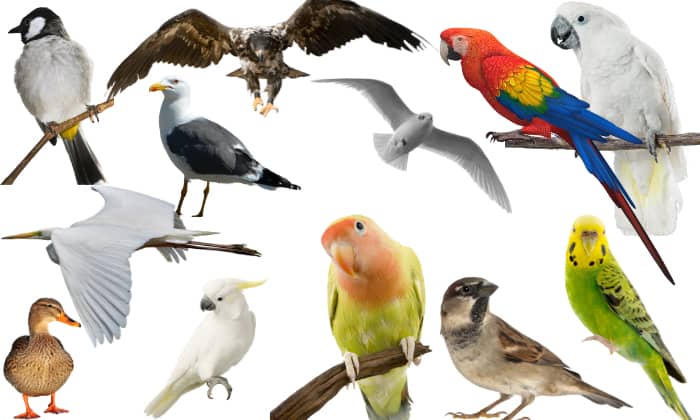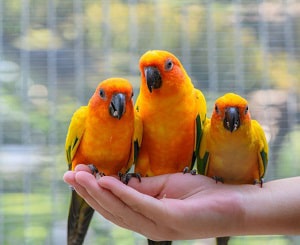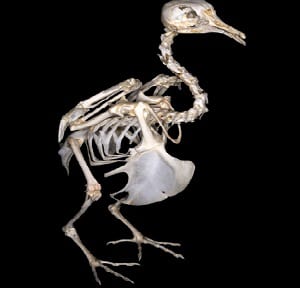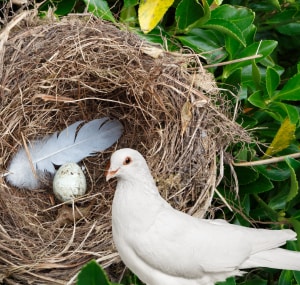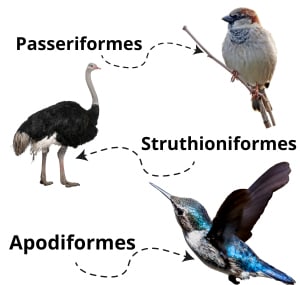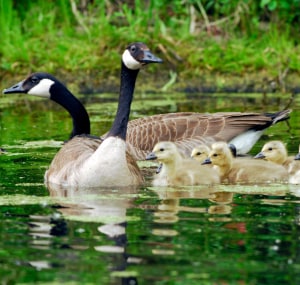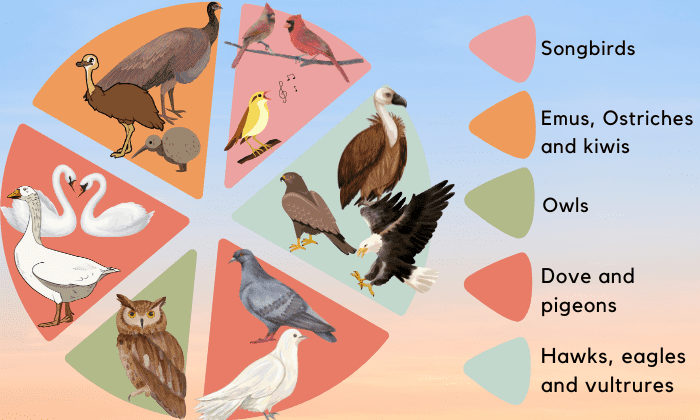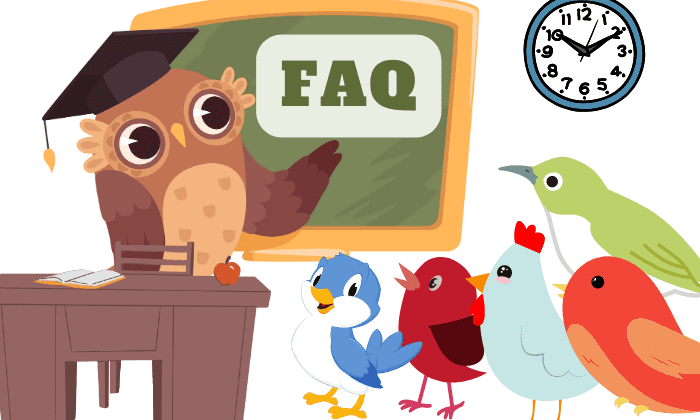Birds are one of the most diverse and unique organisms on the planet. Living with over 10,000 different bird species inhabiting every corner of the globe, their classification is important to understanding their biology and evolution.
Through the science of taxonomy, birds are grouped into various categories based on their physical characteristics, behavior, and genetic makeup. This helps scientists and bird enthusiasts to better understand the relationships between different bird species.
Keep reading as we welcome you to the fascinating world of bird classification.
Table of Contents
What is Bird Classification?
Our current bird’s organism classifications owe a great deal to Carl Linnaeus. He developed the first system that categorizes different species that we now call the taxonomy.
So, how does it work?
This taxonomy includes 7 degrees of classification, starting from kingdom to phylum, class, order, family, genus, all the way to species.
For the bird taxonomy, it was initially based on structural characteristics such as feathers, bills, and muscles. But as technology improved, genetic makeup came into play and improved the categorization method.
Now, it’s time that we discover the bird classification system from kingdom to species.
1. Kingdom (Animalia)
The first degree of categorization in the taxonomy is Kingdom. Between Animalia and Plantae, the classification of birds falls under Animalia.
As animals, birds are multicellular, eukaryotic organisms that obtain energy by consuming other organisms or organic matter.
Birds, like most animals, exhibit bilateral symmetry, which means that their body can be divided into two equal halves that mirror each other along a vertical plane.
2. Phylum (Chordata)
The phylum of birds is Chordata, which is a group of animals that possess a backbone. In other words, they are known as vertebrates.
This means that birds have a hollow dorsal nerve cord located along their back, responsible for transmitting nerve impulses throughout their body.
This bird features places birds firmly within the phylum Chordata, which also includes other animals such as fish, mammals, reptiles, and amphibians.
3. Class (Aves)
The class name for birds is Aves. This characterized them as warm-blooded, egg-laying vertebrates with feathers. It is easy to recognize as they are the only animals with feathers.
One of the defining features of birds is their ability to fly, which is made possible by their lightweight but strong bones and wings.
They also have a four-chambered heart and high metabolism for constant body temperature and energy-demanding activities like migration or soaring.
This class is further divided into two categories.
First are the ancient birds called Archaeornithes, which are now extinct and had teeth such as the archaeopteryx.
The second type is called neornithes, such as penguins, who do not have teeth.
4. Order (23 Orders)
The classification of orders is determined by various factors such as morphology, behavior, and evolutionary lineage. As of now, there are 23 bird orders.
The order Passeriformes, commonly known as Passerines or perching birds, constitutes over 50% of the Class Aves.
Some orders of birds are Struthioniformes (e.g., ostriches, kiwis), Apodiformes (e.g., hummingbirds, treeswifts), Galliformes (e.g., pheasants and guinea fowl), and Piciformes (e.g., aracaris, woodpeckers).
5. Family (142 Families)
Bird lower classifications are subdivided into 142 families. The bird family classification is as easy as adding a dash of ‘dae’ at the end!
For instance, the Apodiformes order is split into the Apodidae and Hemiprocnidae families.
6. Genus (2,057 Genus)
In this taxonomy, the class Aves contains approximately 2,057 bird genus, each of which is a grouping of closely related individual species.
7. Species
The taxonomy’s final and fundamental block is the group of related animals called species. Currently, there are about 10,000 bird species around the world.
Often, this can be subdivided into subspecies because of variances within the same type of bird caused by geographical influences.
Naming Birds
The naming system used to give scientific names to birds, which involves two words in a specific format, is called Binomial Nomenclature. You may come across these names while reading about birds.
Did you know that the names used there are actually the genus and specie’s names? For example, the scientific name of Ostrich Struthio camelus. Always capitalize the genus name, Struthio, and italicize or underline the species name, camelus, if handwritten.
Other Bird Classification
Unlike the taxonomy classification above, there is also an artificial classification that categorizes birds based on their non-evolutionary characteristics.
Since the species didn’t originate from a single ancestor, this form of classification is arbitrary and cosmetic, such as grouping by appearance.
Nevertheless, characteristics of each bird classification can still be reflected. One example of this feature is communication. Based on bird sounds, they can be categorized through their melodies and calls.
Refer to this bird classification chart for a better understanding of birds as a class of animal.
Read more:
- Falcons vs Hawks: What’s the difference
- What’s the Difference Between Oriole vs Robin
- Bald eagles vs Golden eagles: Differences and Comparisons
Frequently Asked Questions
What level of classification is bird?
According to Carl Linnaeus’ taxonomy system, the level of bird classification is under the third degree. First is Kingdom Animalia, then Phylum Chordata, and lastly, Class Aves.
Is a bird a reptile or a mammal?
Birds are neither reptiles nor mammal. So, what is a bird classified as? Birds have their own class, called Aves. However, in comparison with mammals with hair, birds have feathers and have a closer ties to the reptiles.
Is bat a Bird or a Mammal?
Bats, despite having wings, belong to the category of mammals. They possess distinct characteristics from birds, as they give birth to living offspring and produce milk to nourish their newborns.
How many bird species are there in the world?
Over 10,000 different bird species have been recorded worldwide, and according to data from National Geographic, there are somewhere between 50 billion and 430 billion individual birds on the planet.
Conclusion
In conclusion, bird classification is a fascinating and constantly evolving field that helps us better understand and appreciate the incredible diversity of avian life.
By grouping birds into categories based on shared characteristics, called taxonomy, we can gain insights into their evolutionary history, behavior, and features.
Whether you’re a birdwatcher, biologist, or simply someone who appreciates the beauty of nature, learning about bird classification can deepen your understanding of these fantastic creatures. So let’s continue protecting these wonderful animals for generations!

George and I became friends after a birdwatching trip with our new group. And we have been enjoying every adventure together. When he told me the idea of establishing a site that shares our experiences and fun, I immediately agreed. After trials and errors, here we have Thayerbirding.



